Reid Hoffman, LinkedIn's founder and Chairman, wrote a great blog post on what he wished he knew before pitching VCs.
Reid did an amazing job setting out the context of his pitch to Greylock and advice he would give entrepreneurs now, if he knew then, what he did now.
David Sze, an amazing investor that I have oodles of respect for, wrote a short post explaining his thinking behind recommending LinkedIn to his Greylock partnership.
Following David’s post, I jokingly offered to share my investment recommendation. Reid and David were supportive.
This is my [short] story.
I actually don't remember when I first met Reid Hoffman.
But I can never forget that day in early 2008 when my Blackberry phone rang and it was Reid on the other end.I had to step out of the staff meeting I was in to take the call.
‘Hi Eghosa. I just wanted to let you know we just got out of a board meeting. We will move forward with a financing round and you are my first choice. To be fully transparent, there are a few folks that aren’t fully on board because of some bad experiences with your firm in the past. But you have been dogged and I think you will be a great addition to our investor base. We don't plan to optimize for valuation. All I ask is that you be fair and come with clean terms.’
In the midst of the current angst-filled chatter about unicorns (prime, subprime), unicorpses, decacorns etc., with the backdrop of the impending doom of a burst bubble and the subsequent wholesale destruction of unanchored dreams and undisciplined spending, I thought it would be useful to share my investment recommendation for a high-profile member of the last generation of unicorns (or high-octane companies as they were then known).
The background to this is part fun, heartache, knowledge, persistence and (all) conviction. This timeline would span experiences that ranged from the 9 months I spent actively chasing after Reid, the memory of the look on his face when he realized I was serious about investing but only if he would reopen his Series C round (I was sorta kidding, Reid), the weekly emails I would send him reminding him of my interest in investing, his monthly replies which I didn't consider to be rejections but more of a continuing conversation, the numerous visits to LinkedIn HQ after hours to talk about technology, people, impact and everything BUT LinkedIn, his oh-so-quiet recommendation to Peter Thiel and Mark Zuckerberg that I was worthy of consideration as a potential investor in Facebook, Reid’s thawing to the idea of a new round of financing, his agreement to meet with the investment committee in December 2007, my freaking out when I realized I would have to coordinate the meeting from Benin, Nigeria where I had to be for my sister’s wedding, the (until now undisclosed) fact that I was finalizing my divorce the same month, the behind-the-scenes drama with Sequoia wherein I learned they were dead set against my investing because my firm had antagonized them in 1999 and they hadn’t forgotten, the response I heard Reid gave them, viz ‘it's eghosa that is investing, not his firm,’ to the utter disappointment I felt when I couldn't get the investment done because the investment committee decided to play defense.
I was heartbroken, not just because of all the work and effort that had gone into the process, but also because I truly felt I had failed the entrepreneur and the company. Honestly, it still grinds.
Anyway, I hope that this document is dissected from the POV of when it was done in 2008 and that those that are currently doing unicorn or logo-acquisition deals will also choose to share their analyses as I feel the investor ecosystem will benefit significantly.
Part 2 of this post will offer some more color on the analysis.
Enjoy.
p.s. Separately, I cannot stress enough how prescient Reid was regarding optimizing for clean terms versus valuation. My competitive intel suggested that he got offers as high as $1.7b but they came with weird preference waterfalls. redemption clauses and mandatory dividend payouts. He did a clean deal at $1.1b. Bain Capital won the lottery and look where it landed them.

![Investing In [Prime] Unicorns - A Look Back At The LinkedIn Series D Opportunity](https://images.squarespace-cdn.com/content/v1/561e4503e4b093c102b5fdb5/1445861320310-OHDJMECB1CQREFSQCHYZ/image-asset.jpeg)